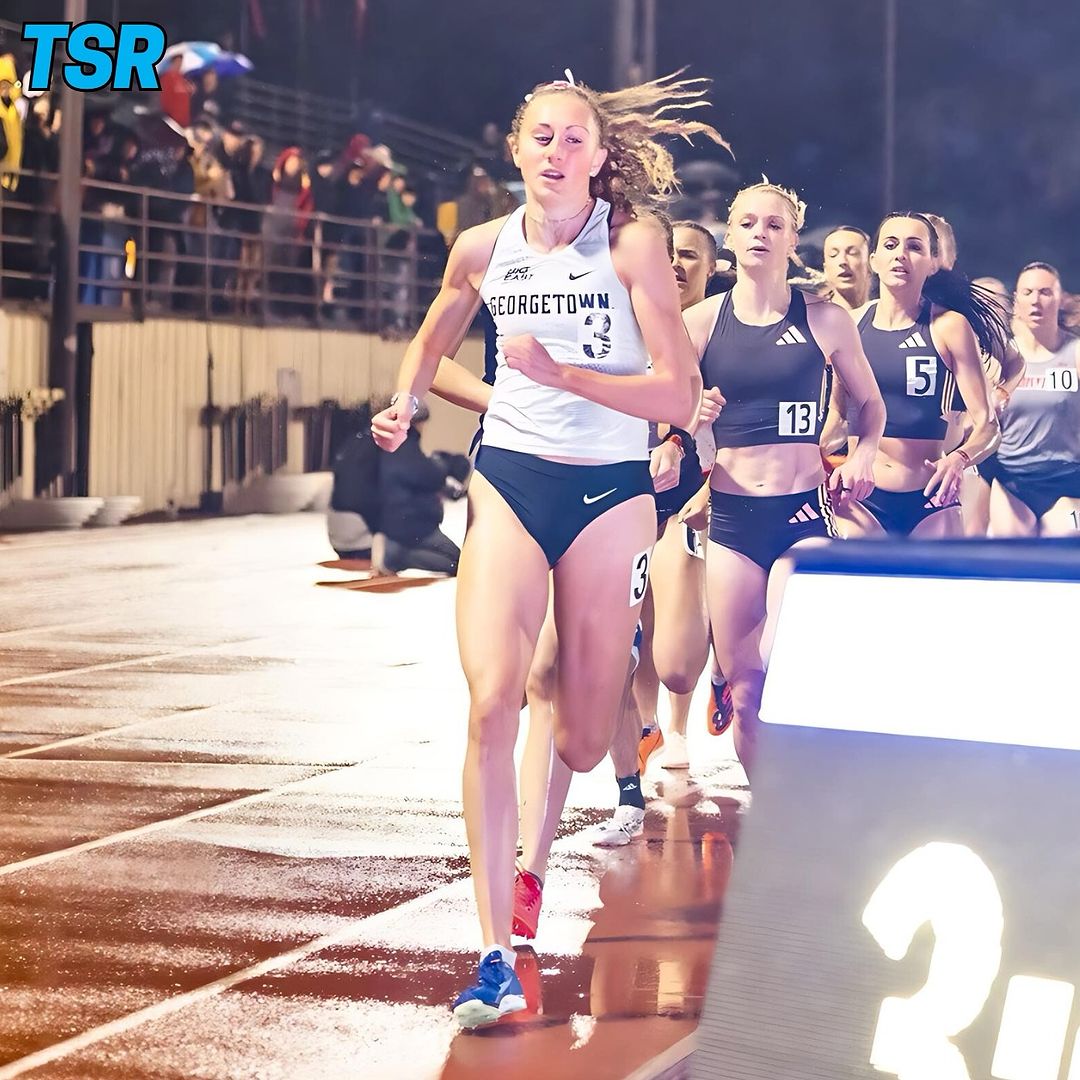Despite being only 24 years old, Sidney Crosby has already been known for a lot of things.
He was the 7-year-old who did TV interviews; he was the one who tore up the Quebec Major Junior Hockey League at the age of 16, dominating 19- and 20-year-olds; he was the one — the only one — who Wayne Gretzky claimed could break his NHL scoring records, earning the nickname of “The Next One;” he was the one who scored 120 points in 79 games in his second year in the NHL, becoming the youngest scoring champion ever in any major North American professional sport; he was the youngest captain ever to win a Stanley Cup; he was the one who scored the game-winning goal at the 2010 Olympics, clinching the gold medal for Canada against the United States in overtime. Most recently, however, Sid the Kid has added a new, less spectacular tag to his legacy.
People often call hockey a “contact sport,” but that doesn’t do justice to the type of physical punishment that players experience on a daily basis. Basketball is a contact sport; hockey, like American football, is a collision sport. The latter always brings the risk of serious injury, and in hockey, concussions have recently become a troubling issue.
The NHL has been reluctant to release specific concussion numbers, which leads me to believe the issue may be even more serious than the average fan would suspect. Whether that is the case or not, it is clear things need to change. Countless careers have been cut short by traumatic head injuries, and a common stance among frustrated pundits has always been that a player would have to die before the league — and the world — took note. That might no longer be the case.
I suppose it’s not surprising that some of the most important moments in sports seem to happen on its biggest stages. After months of buildup, including a four-part HBO documentary series, the 2011 Winter Classic in Pittsburgh included the world’s two best hockey players, Crosby and Alex Ovechkin. It was supposed to be a celebration of hockey’s re-emergence as a relevant North American sport, but for Crosby, a third-period blind-side hit by Washington’s David Steckel turned it into his worst nightmare.
From Jan. 6 to Nov. 20, Crosby didn’t play a single shift. In his first game back, it seemed the star the NHL so badly needed was ready to pick up where he left off. He scored four points, including two goals, and the concussion issue once again took a back seat. But seven games later, Crosby suffered another concussion-related setback and was once again kept off the ice.
He returned last weekend, but questions will remain about whether Sid’s career will more resemble that of “The Great One” — Gretzky himself — or Eric Lindros, another “future star” who was never able to realize his potential because of concussions.
Just as basketball fans were captivated by Jordan and soccer fans can’t help but love Messi, as a hockey fan I am inspired by what Sidney Crosby can do on the ice. As somebody who wants to see the game grow, it is inconceivable to me that he wouldn’t become one of the greatest of all time, completing a long and prosperous career. But maybe I, and many others, ought to change our expectations.
I recently read an article in Sports Illustrated about Jack Jablonski. Jack was a promising young hockey player who was hit from behind into the boards one day and suddenly couldn’t move. He has become an international sensation, a poster boy of sorts for the changes that need to come to make the sport safer.
The National Federation of State High School Associations in Minnesota passed several changes to punish checking from behind, boarding and head contact more harshly; they came into effect statewide only 10 days after Jack’s injury. If a 16-year-old youth player can inspire statewide changes, then what kind of benefit could Sidney Crosby have on the sport as a whole?
It is clear that the NHL understands how important Crosby is to the game, and some changes have already been made — with more sure to come.
There will always be a supply of talent. In the past few years, Steve Stamkos and Evgeni Malkin have emerged as superstars, and, as difficult as it may be to imagine, maybe the league can survive without Crosby on the ice.
If it means that future generations of hockey players will be able to fulfill their potential without the fear of concussion, maybe Crosby will have done more for the game off the ice than he ever could have on it.
The possibility of seeing Sid’s talent wasted is horrifying, but the idea of seeing future talents like 2013 projected first overall pick Nathan MacKinnon — who comes from Crosby’s hometown — suffering the same fate might be even more devastating. I, like so many others, hope that Crosby is back for good. But the league and its fans must realize the severity of the issue that currently haunts the sport.
If wasted greatness is what it takes to change the game, then maybe it’s for the greater good, and we should all accept that.
Arik Parnass is a freshman in the College. CANDID CANADIAN appears every Tuesday.








